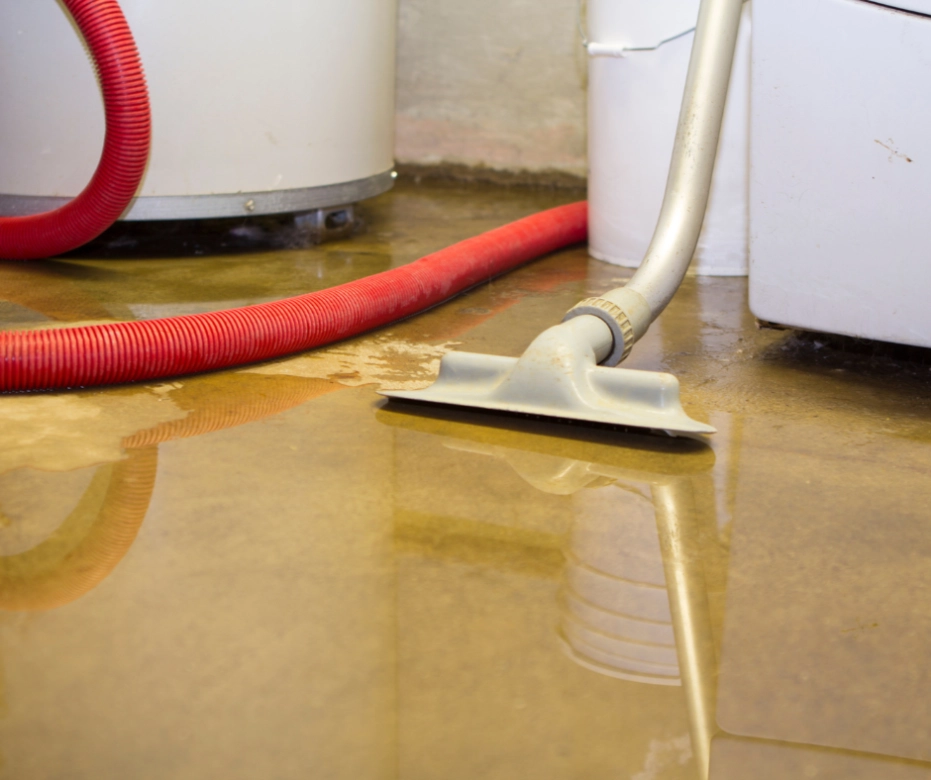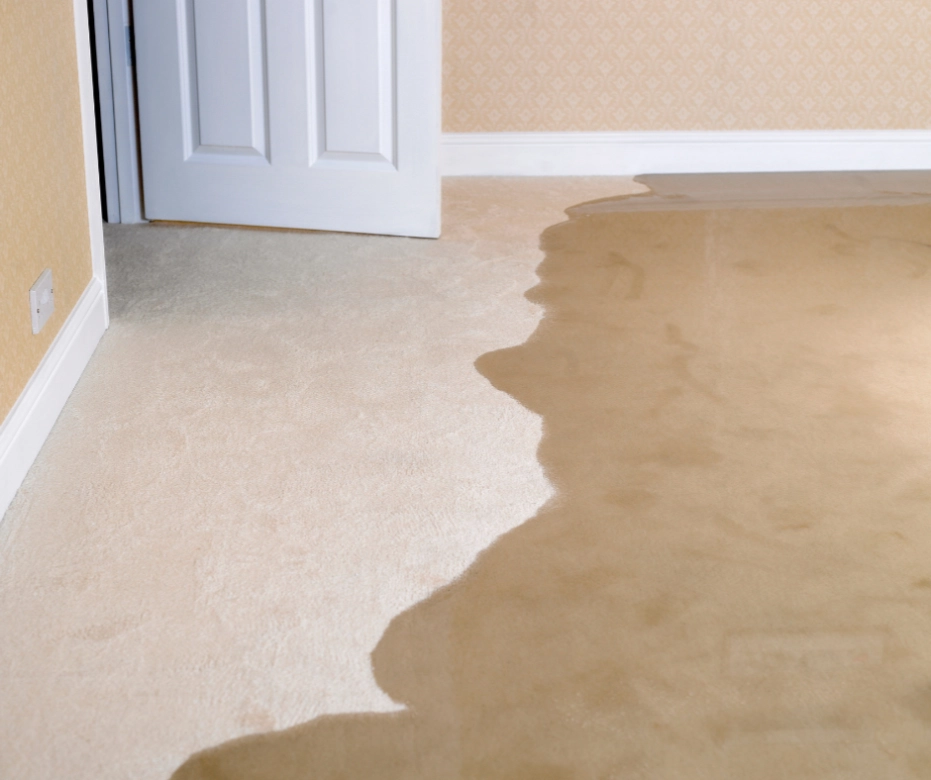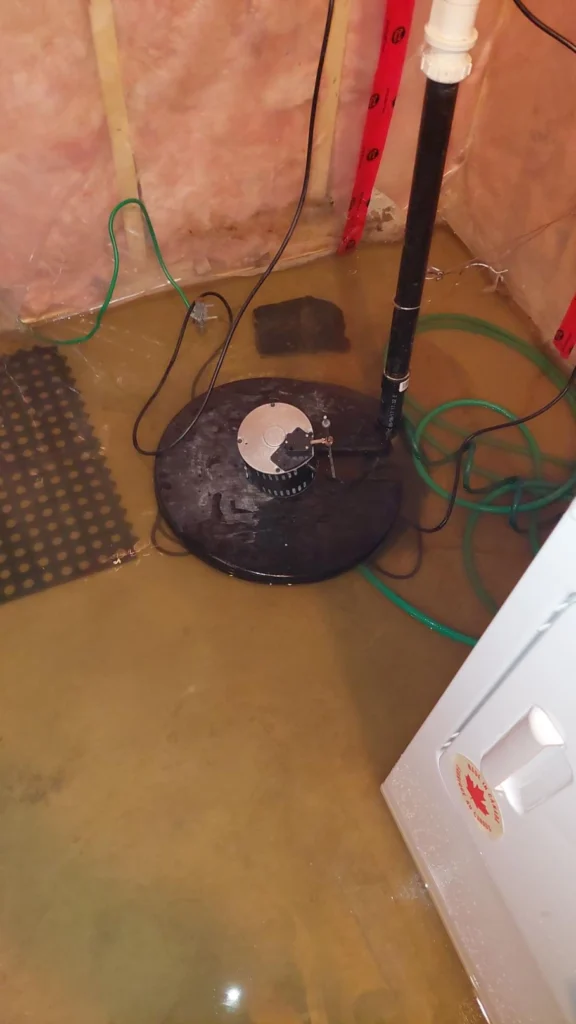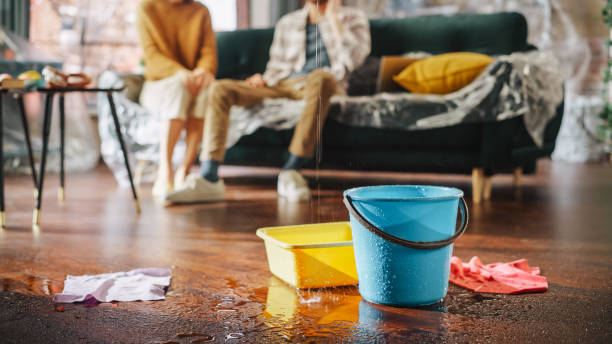When your home floods, it’s easy to assume that water is just water. But not all water damage is created equal — and understanding the category of water losses is critical for your health, your safety, and your wallet. Let’s break it down.
Category 1 – Clean Water
This is the best-case scenario (well, relatively speaking). Category 1 water comes from a clean source — usually a broken supply line, faucet leak, or a failed water heater. At this stage, the water doesn’t pose an immediate threat to your health.
But here’s the catch: clean water doesn’t stay clean for long. If left untreated, even Category 1 water can degrade into Category 2 or even Category 3, especially if it comes into contact with contaminants like dirt, debris, or organic matter. That’s why it’s so important to call in professionals ASAP. The longer you wait, the worse the damage (and the cleanup) can get.
Category 2 – “Gray Water”
This one gets a bit murky — literally. Category 2 water is also called gray water, and it’s contaminated enough to potentially cause illness. Common sources include:
· Washing machine or dishwasher discharge
· Toilet overflow (urine only)
· Sump pump failures
· Shower or bath water
This water often contains soaps, cleaning agents, and microorganisms that require a thorough cleaning & disinfecting process before drying can even begin. It’s not quite sewage — but it’s not something you want soaking into your drywall either.
Category 3 – Black Water (a.k.a. the stuff of nightmares)
Category 3 is severely contaminated water that poses serious health risks — including illness or even death if ingested. Common culprits:
· Sewage backups
· Floodwater from rivers or streams
· Toilet overflows that include feces
· Water that’s mixed with animal waste, including cat litter or bird droppings
If Category 3 water enters your home, every affected surface must be carefully decontaminated or removed. Specialized cleaning agents, PPE, and sometimes even demolition are required. It’s not just about drying things out — it’s about protecting your home and health from toxic exposure.
Real-Life Example: The Fridge Line Surprise
Let’s say you’ve got a water supply line that fails behind your fridge. Sounds like a Category 1 event, right? That’s what we thought too — until we inspected the job.
The clean water had leaked into the ceiling and drained down into the storage room — where it landed directly in the client’s cat litter box. From there, the contaminated water spread across the basement.
What started as a clean water leak became a full Category 3 loss downstairs due to animal waste contamination. The smell gave it away before we even tested the area.
Moral of the story? Always investigate the full extent of water migration and contamination.
Why Categorizing Water Loss Matters
Properly identifying the category of water loss helps determine:
· Which areas need cleaning vs full demolition
· The type of protective equipment required
· Whether insurance will cover the loss (and how much)
· What safety precautions need to be taken for you and your family
At the end of the day, fast action saves you time, money, and stress. The sooner our Supreme team gets onsite to inspect and classify the water, the faster we can mitigate the damage and restore your property safely.
If you’ve had a leak, flood, or backup — don’t wait to find out how bad it is. Contact us for a professional inspection and peace of mind.




